Search BarAdvisor
CTRL+K
Search BarAdvisor
CTRL+K
There are no results matching your search.
Reset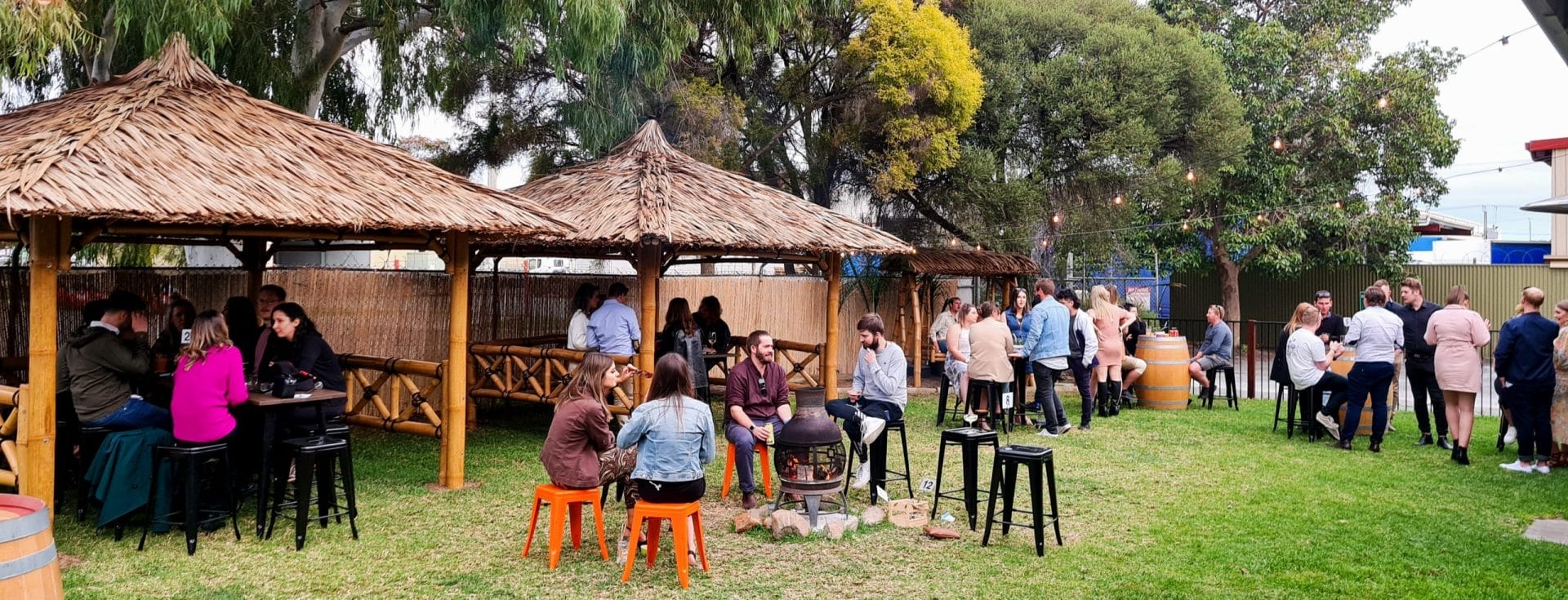
Adelaide, along with South Australia, is renowned not just for its exquisite wine regions but increasingly for its exceptional spirits and gourmet food scene. The growing popularity of spirits among Australians has put Adelaide on the map, boasting numerous top-tier distilleries and tasting rooms. While it’s tough to choose among so many passionate creators of unique spirits, we’ve highlighted our favorites based on their blend of outstanding tasting experiences and high-quality beverages.
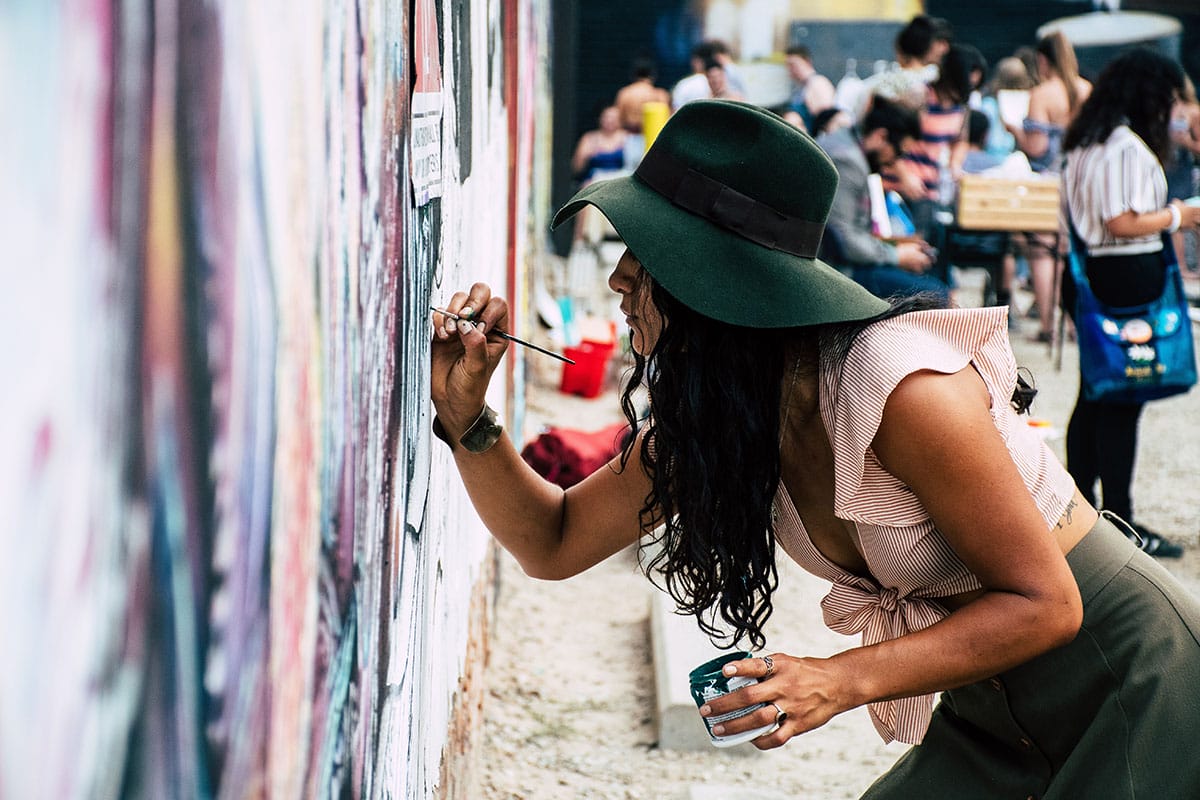
Are you looking to elevate your bar’s status and make it the talk of the town? Hosting unique events is your golden ticket. They require more planning and promotion, but the payoff is huge – putting your establishment firmly on the map.
Trendsetting Unique Events: The Secret to Keeping Guests Coming.
Tired of the same old events not cutting it in terms of revenue or customer attraction? Time to think outside the box and introduce unique events at your bar. These aren’t your average gatherings; they’re carefully tailored to appeal to specific groups – from the young and vibrant to the creatively inclined or niche enthusiasts. Start by pinpointing your target audience. Engage with your regulars through polls or suggestion boxes to discover what resonates best with them.

In 1998, Jack Penrod introduced the world to Nikki Beach, a brand synonymous with luxury, elegance, and unforgettable experiences. Spanning across 14 locations, Nikki Beach clubs are nestled on the most exquisite beaches globally. These destinations aren’t just about sun and sand; they’re a blend of top-notch music, gourmet food, and an ambiance that radiates sophistication. The experience extends beyond the clubs, encompassing opulent hotels and resorts, each offering a unique taste of paradise.
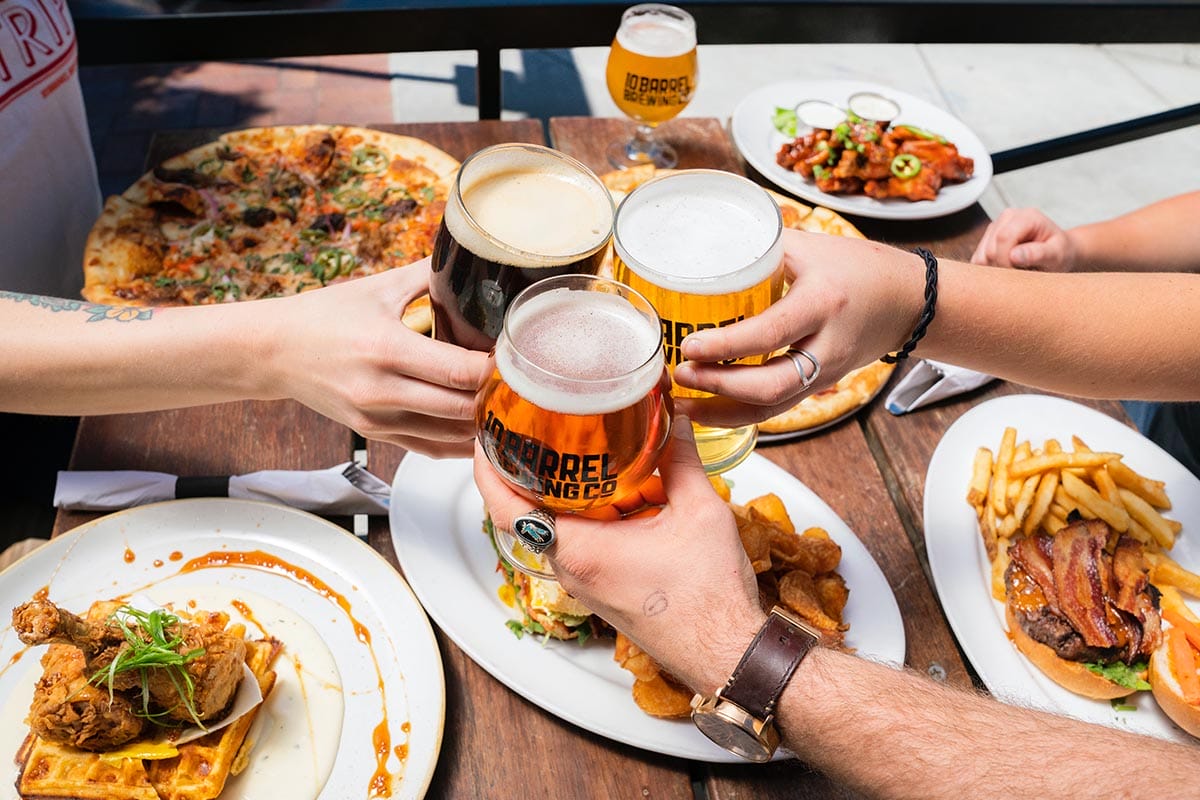
Bars and nightclubs constantly seek fresh ways to draw in crowds and boost sales. It’s not just about offering drinks; it’s about creating an atmosphere that makes customers want to return. This extensive list of promotion ideas, ranging from tried-and-true classics to innovative concepts, is perfect for injecting some new life into your establishment.
Remember, the effectiveness of these ideas can vary based on your specific location and clientele. They’re meant to spark inspiration, so feel free to adapt them to suit your bar’s unique vibe.
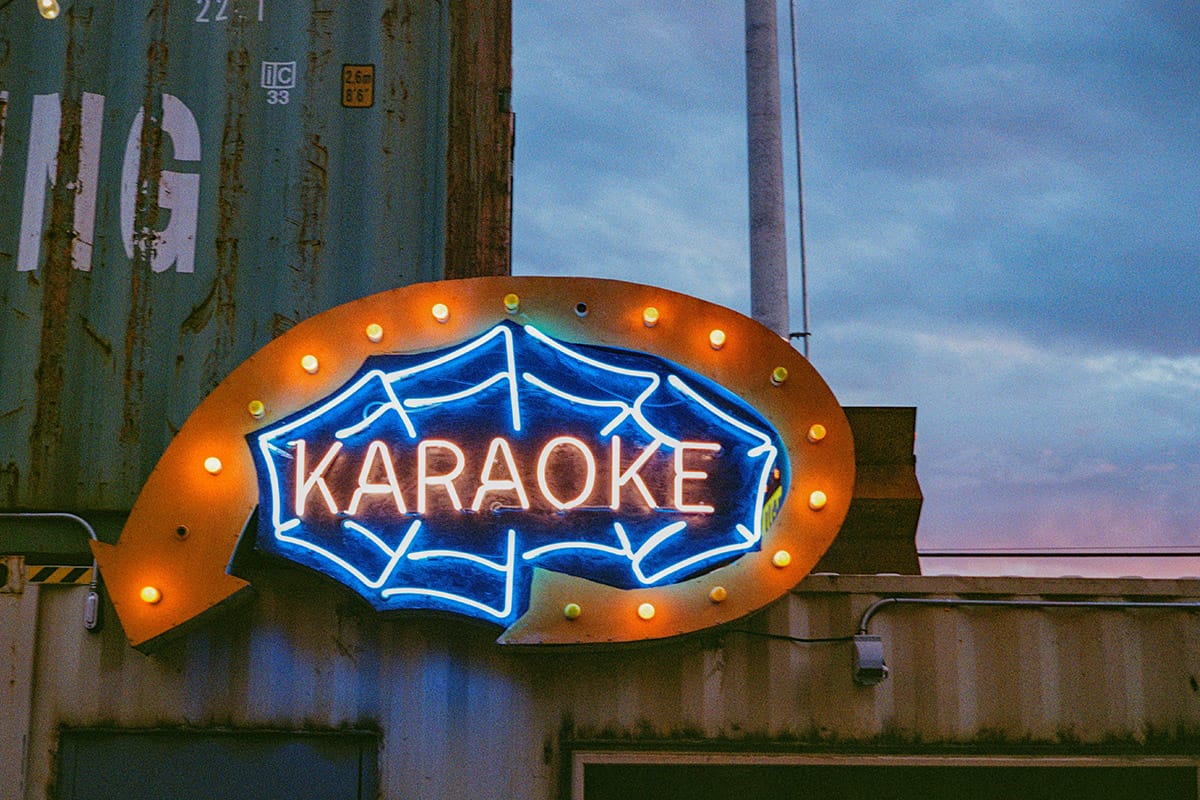
Looking to transform your bar into the talk of the town? It’s time to think beyond just serving top-notch drinks. Picture this: your bar bustling with excitement, filled with the sounds of laughter and clinking glasses. That’s where classic events come in, turning ordinary nights into extraordinary experiences.
Classic Events: The Secret Ingredient for Lively Nights
You know your bar’s got great drinks and a fantastic vibe. But sometimes, you need that extra zing to draw a crowd. This is where classic events step in, offering more than just a drink – they offer an experience.
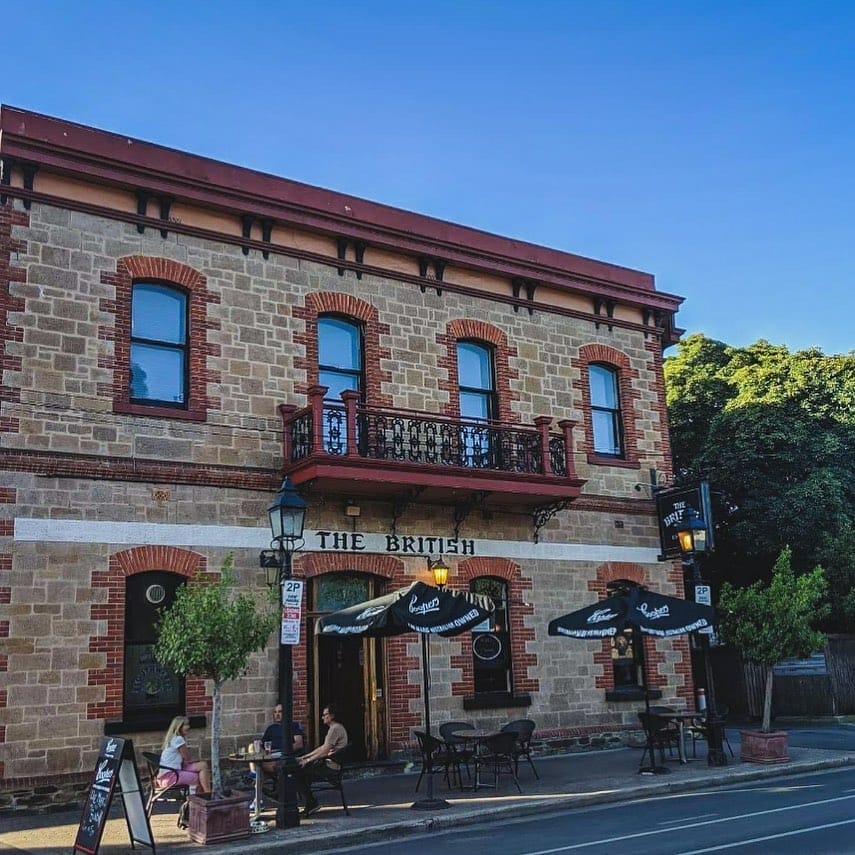
Adelaide, commonly known as the city of churches, hides another rich historical facet – it’s a city teeming with classic bars and pubs. Strolling through Adelaide, you’re likely to be captivated by its historic houses and striking churches. However, it’s the pubs that often steal the show. These establishments, some of the most majestic and historic in Australia, don’t always get the recognition they deserve. For instance, consider the Newmarket Hotel, a stunning three-story pub from 1883, which, though facing demolition, remains a significant piece of Adelaide’s history.
Another hidden gem is the Beresford Arms Inn on Gilles St. Though no longer operational, its magnificence is undeniable.
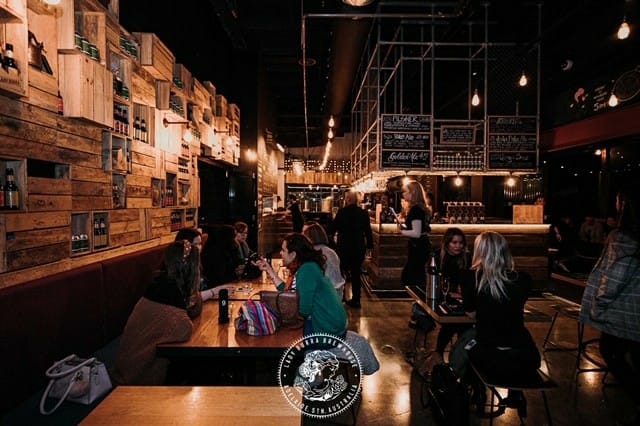
Exploring Adelaide’s laneway bar scene can be an adventure in itself. With so many options, it’s challenging to know where to start. Fear not, as we guide you through six standout bars that promise a memorable night out. Let’s dive into these unique spots where the party never stops!
Uncovering Adelaide’s Hidden Gems
Adelaide’s laneway bars are a blend of hidden charm and vibrant energy. Whether you’re looking to kick-start your evening or keep the night alive, these venues offer something special.
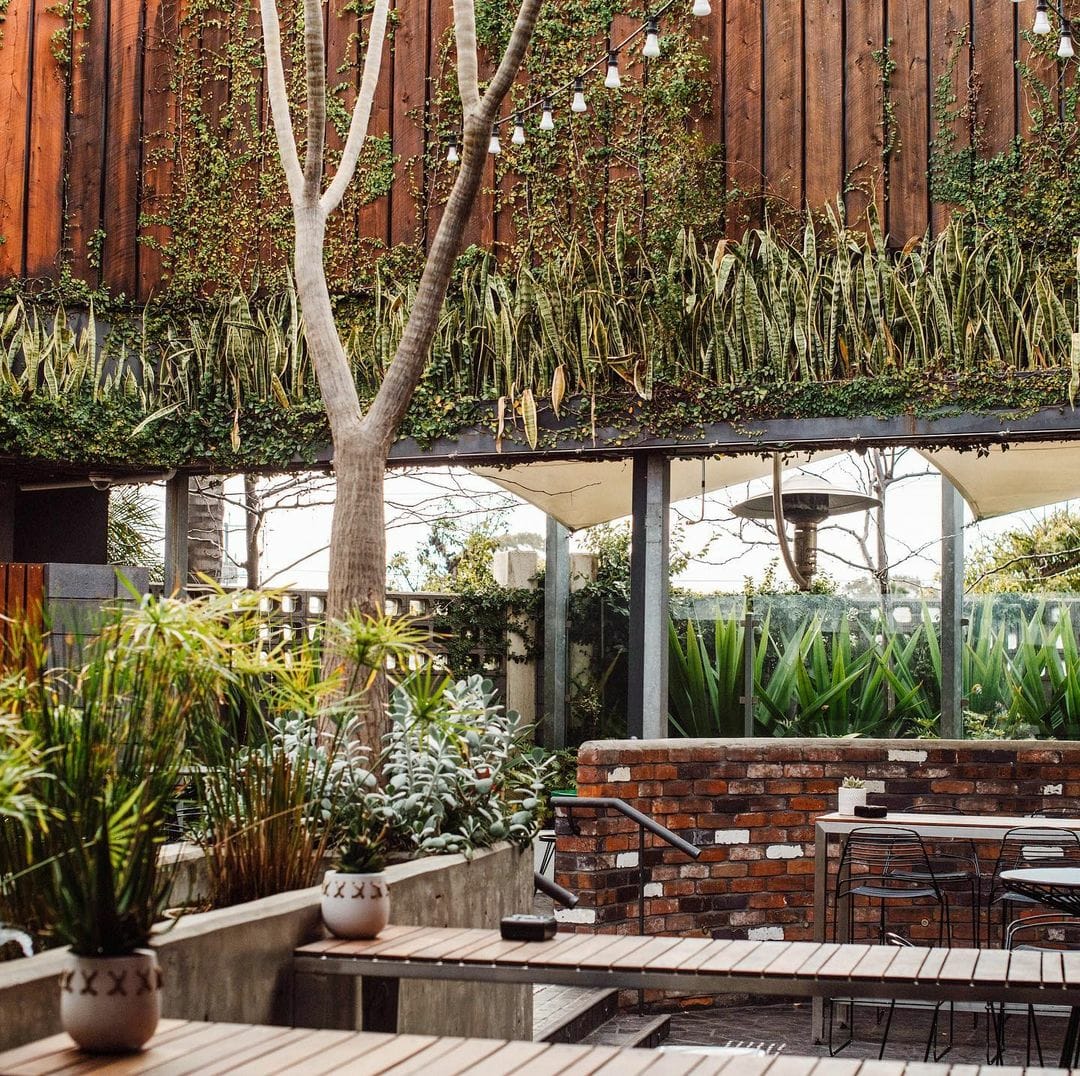
Exploring Adelaide’s outer suburbs reveals a treasure trove of pubs, each offering unique experiences. Whether you’re seeking a cozy spot for a cold beer or a scenic venue for a romantic outing, these hidden gems will not disappoint.

Navigating the world of nightlife can be thrilling, but it often comes with the dreaded next-day hangover. Fear not! We’ve got some tips and tricks that might help you dodge that post-party headache. Remember, these are not scientifically proven methods, but rather a collection of popular beliefs and personal experiences.

Hard Rock Cafe, an emblem of rock culture, has made its mark globally. Founded in London in 1971, this 47-year-old brand expertly maintains its youthful appeal, spanning across industries including Casinos, Hotels, and Restaurants. The Hard Rock world isn’t just a brand; it’s a cultural phenomenon, blending dining, music, and entertainment in a way that keeps the spirit of rock’n’roll alive.
There are no results matching your search.
Reset
Interesting reads

Adelaide Hills, known for its scenic day trips, enchanting Mount Lofty Botanic Garden, and invigorating hikes, also boasts a delightful selection of pubs and bars. Perfect for rounding off a day’s adventure, these establishments offer a blend of culinary delights, local wines, and heartwarming atmospheres. Here’s BarAdvisor’s pick of the best pubs and bars in the area, ensuring your visit to Adelaide Hills is complete.

Adelaide, along with South Australia, is renowned not just for its exquisite wine regions but increasingly for its exceptional spirits and gourmet food scene. The growing popularity of spirits among Australians has put Adelaide on the map, boasting numerous top-tier distilleries and tasting rooms. While it’s tough to choose among so many passionate creators of unique spirits, we’ve highlighted our favorites based on their blend of outstanding tasting experiences and high-quality beverages.

Miami’s vibrant nightlife scene is a must-see, offering an array of experiences from club hopping in limousines to rooftop bars. This article explores the best spots and activities, guiding you through the top locations for an unforgettable night out.
South Beach stands out with its luxurious, sophisticated vibe. This area is a hub for those who love glamour, offering a range of experiences from intimate settings to wild parties. It’s the perfect place for anyone looking to dive into Miami’s diverse and energetic nightlife.
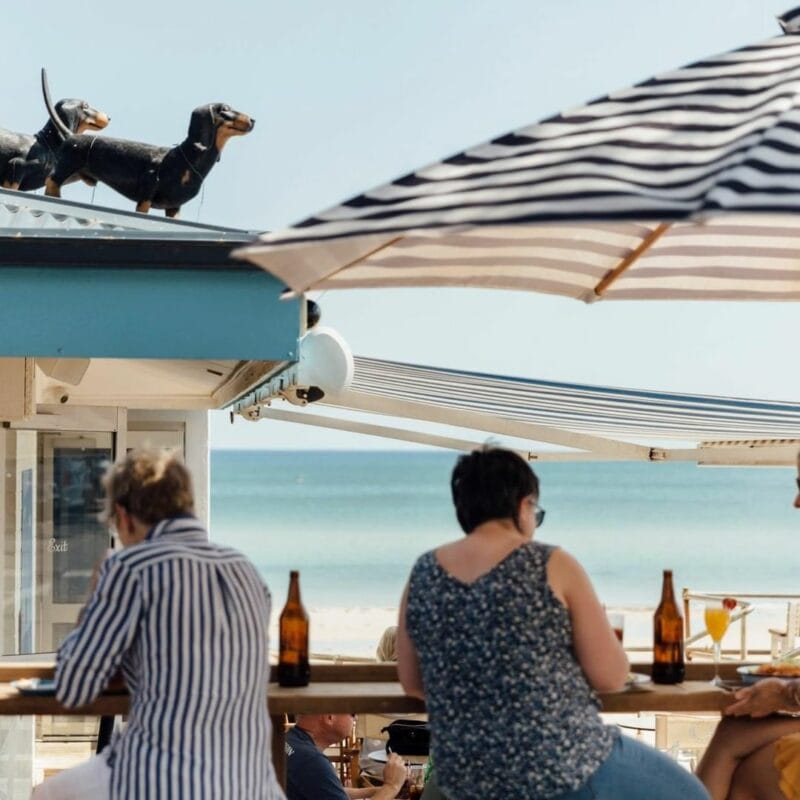
Adelaide’s west, a coastal gem, is synonymous with vibrant beach bars – perfect for those idyllic summer days. Picture yourself unwinding in an airy setting, cocktail in hand, chatting away on balmy evenings. Indulge in an array of local delicacies and South Australian wines at these standout venues. Let’s dive into the best beach bars Adelaide has to offer.

Navigating the world of nightlife can be thrilling, but it often comes with the dreaded next-day hangover. Fear not! We’ve got some tips and tricks that might help you dodge that post-party headache. Remember, these are not scientifically proven methods, but rather a collection of popular beliefs and personal experiences.
There are no results matching your search.
Reset
Disclaimer
BarAdvisor does not guarantee the accuracy or timeliness of all details provided on this page. Prices and information are subject to change without notice. For the most up-to-date and accurate information, please contact businesses directly. The copyrights of the listings and images are controlled by the Listing Author. If you come across any copyright violations, please report them here.